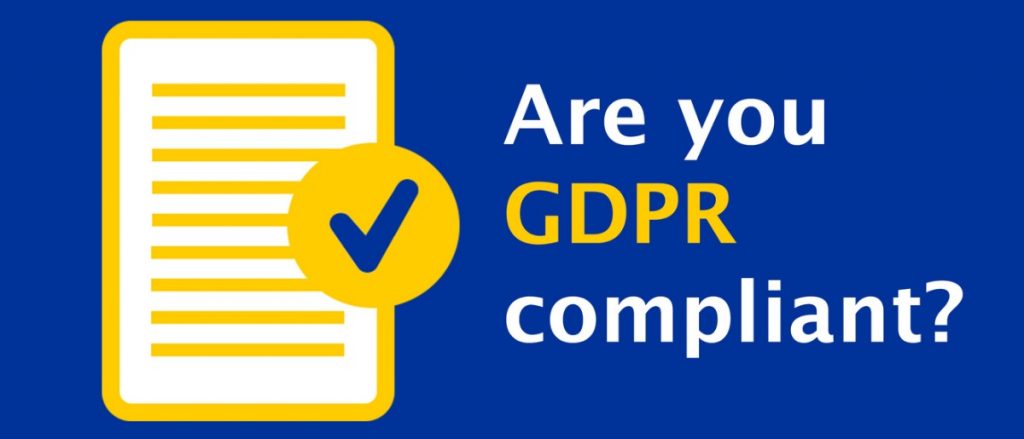7 Ways MSPs Can Help Clients Avoid Severe Data Regulation Fines
Learn how to take advantage of Office 365’s security capabilities with our webinar “All Access Tour: Office 365 Security and Governance Features.“
This is the final post in our How MSPs Can Survive & Thrive ebook series. You can read the others below:
- 4 Simple Tips to Help Your MSP Thrive in Office 365
- Migrating to Office 365: What MSPs NEED to Know First
- 6 Ways MSPs Can Boost Data Protection & Availability for Clients
It’s no secret that data security is more top-of-mind now than it’s ever been before. Organizations are struggling to keep up with the sheer volume of content being created on a regular basis. Naturally, penalties for poor data security are more prevalent than ever as well. If your clients have major concerns over incurring data regulation fines, here are seven ways you can help keep their minds at ease.
1. Have the Cred and the Certs
When you’re offering a solution to your clients, you’re simultaneously taking responsibility for their security policies. Do they have an ISO 270001 certification? How do they encrypt and protect the data in their cloud? Customers may have glazed over these aspects in the past, but no more.
2. Secure the Change
Tools like Microsoft Teams combine the functionality of internal and external applications from one interface. These integrations mean it’s vital for MSPs to stay on top of new features and content-level security.
It’s also necessary to understand principles of governance on the platform and have a plan for maintaining control, organizing content, and ensuring continuity of security and stability across applications. Doing this for each of the applications can be very challenging.

3. Reporting vs. Enforcement
Many organizations don’t realize they need to understand and enforce who’s got access to what and maintain their settings across Office 365. Though it’s easy for users to share documents and change settings, it’s still very important to make certain that the wrong people don’t have access to sensitive documents or collaboration spaces. This enables you to charge for services however you’d like while simplifying and automating complicated or seemingly impossible tasks via the native features in Office 365.
With third-party tools, security features like activity auditing reports and security reports can be charged as line item subscription services for customers. Additional features can be added at varying levels. For example, a bronze offering may include reports, while a gold policy might include automated enforcement of settings and permissions along with a set number of security management hours from your organization to make changes and provide information to the customer.
Do your clients have concerns about data regulation fines? Check out this post: Click To Tweet4. Promote Additional Benefits
Successful MSPs won’t just position their security offerings as a necessary cost or overhead, but rather as a way to enable organizations to be even more productive. Many organizations could be getting more out of applications like Microsoft Teams, SharePoint and Flow, but are simply unaware of how to properly deploy settings to meet their business needs.
5. Automate Services
Automated services to consider include:
- Application and settings deployments
- Policy and permissions enforcement with scheduled reports to prove security, and
- The simplified creation and promotion/demotion of content.
This can vastly expand business offerings while actually reducing the existing MSP workload for managing Office 365 in many cases.

6. Offer GDPR Services
Data Subject Access Requests (DSAR), a component of GDPR, can be expensive and time-consuming. Successful MSPs will be able to see what the current and historical backup data includes and which content is related to a particular user.
7. Get Efficient
All of these additional services mean that MSPs can add value by expanding their service catalog while concurrently reducing the time required to deploy settings and manage and provision content, settings, and security in Office 365. This can allow MSPs to focus more on training, solving use cases, and other custom services for their customers by not only expanding their business but also ensuring recurring income for the long term.
Want more expert data regulation strategies? Download our full ebook “How MSPs Can Survive & Thrive In a Post Digital Transformation Era“ for more!
Be sure to subscribe to our blog for more data regulation tips.
As the former Content Marketing Specialist for AvePoint, Brent led the strategy and direction of all AvePoint's blog properties.



